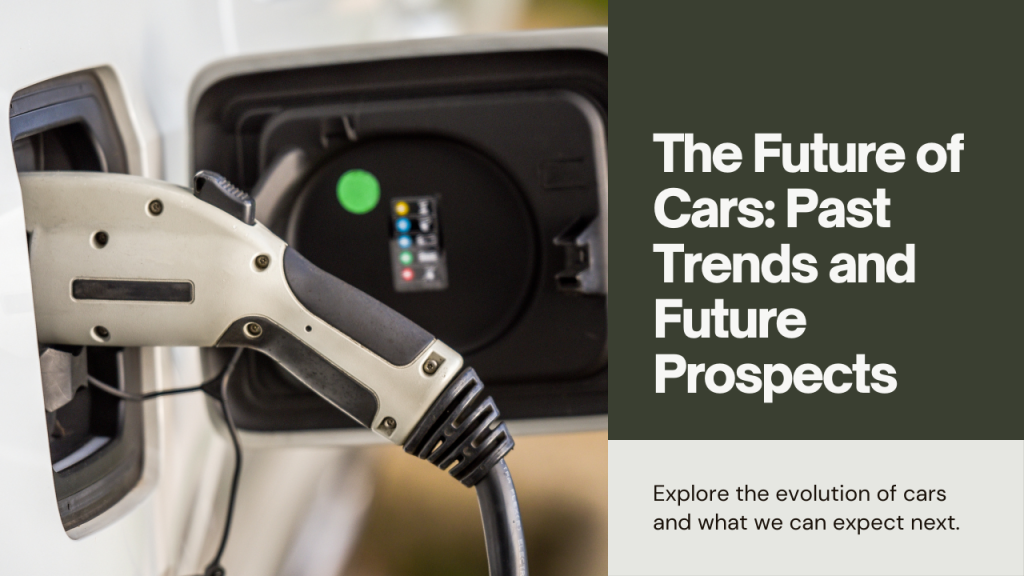The future of cars is exciting and unknown at the same time, since we are on the verge of a new age in mobility. Global environmental concerns, shifting customer preferences, and technology breakthroughs are all driving significant change in the car sector.
By examining historical patterns, we may identify a pattern of innovation and disruption that has shaped the development of autos. Automobiles have continuously changed to satisfy the needs of a world that is changing quickly, starting with Henry Ford’s mass manufacturing methods and continuing with the addition of safety features like airbags and seatbelts.
Looking ahead, a few major themes will likely influence how automobiles are made in the future. A growing number of people are realizing that electric vehicles (EVs) are a good alternative to gasoline-powered cars because of government incentives, breakthroughs in battery technology, and growing environmental concerns. Furthermore, the development of autonomous driving technology promises to completely transform commuting, providing convenient, safe, and effective modes of transportation.
But there are difficulties ahead for automobiles in the future. There are major logistical, legal, and infrastructure challenges associated with the switch to electric and driverless automobiles. To guarantee a seamless transition to the future of mobility, issues with data privacy, cybersecurity, and ethical considerations around autonomous driving technologies also need to be addressed.
Notwithstanding these difficulties, cars have a bright future ahead of them that could lead to a transportation network that is more integrated, efficient, and sustainable. We can create a future in which cars serve as both catalysts for good social and environmental change and modes of transportation by utilizing emerging technologies, embracing innovation, and encouraging collaboration across industries.

